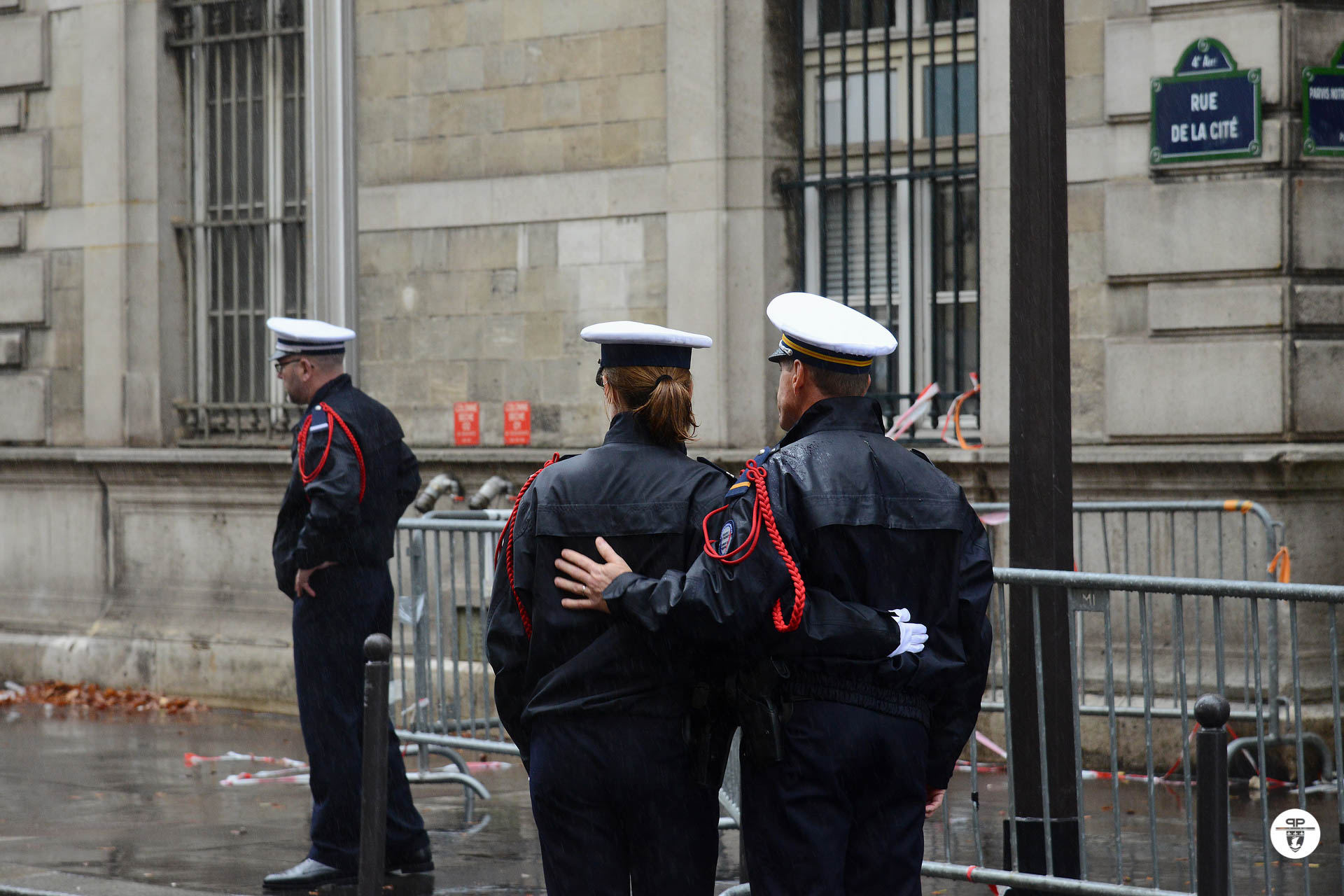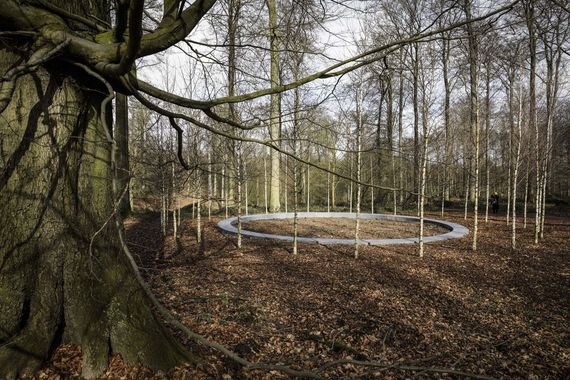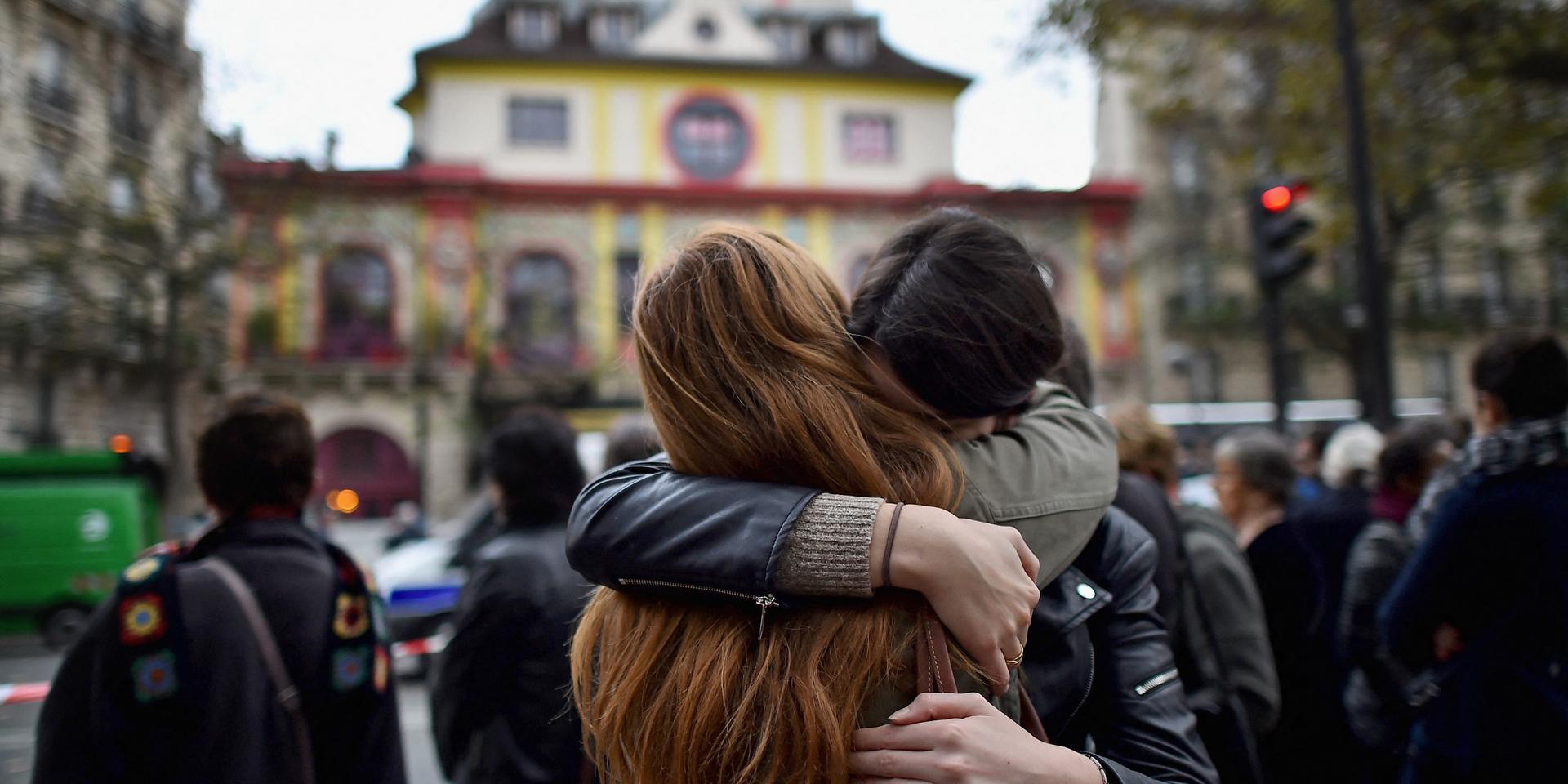Victims of terrorist attacks and their loved ones bear visible and invisible scars for a long time after their wounds have closed. The effects are not only felt by direct victims, but also by those close to them and the next generation. Acknowledgement from society of the violence they have suffered, and its multiple consequences, is a first necessity on their road to recovery. The very creation of the Museum and Memorial of Terrorism is about providing a space that can contribute to victim well-being. Victims will occupy a central space in their dedicated memorial as well as in all of the museum’s cultural programming. Special considerations for victims, including their active participation in the life of this space, will be an extension this notion of well-being.

Special Care for Victims
Victims and their families, as well as other categories of people affected by terrorism (first responders), will be provided with the option of taking tours led by guides that have been trained in trauma. There is a real risk that painful memories will be reactivated during these visits, so support groups will also be set up. In addition and outside of these special visits, victims’ associations will be able to organize support and conversation groups on site.
Spontaneous Testimonies
Testimony from people interested in sharing their experience is almost unanimously considered to be an important part of this kind of museum and its deep meaning. In general, testimonies are a particularly impactful part of the experience, which is something nearly all victims’ associations have highlighted. Indeed, it was a leitmotiv in the many discussions held in the preliminary stages of the museum’s conception.
“Victim testimony is a powerful tool to build awareness. It generates empathy and delegitimizes violence”
Those are the words of Florencio Dominguez Iribarren, the director of the Victims of Terrorism Memorial Center in Vitoria-Gasteiz, the capital of the Spanish Basque country, which opened in early June 2021.

Spontaneous testimonies are distinct from other forms of testimony (written, filmed, etc.). They can be included in educational visits, programming in schools and other offsite locations (prisons, companies, etc.), and in meetings with figures from the academic and cultural world. These testimonies will be an integral part of a databank of audiovisual recordings that the Museum and Memorial of Terrorism plans to create. This database will be available on site, virtually, or as educational or museum materials.
Participative Projects
In addition to testimonies, victims’ associations will actively participate in the life of the museum and its programming. They are already included on the GIP’s Advisory Committee—one of the two consulting bodies. Depending on what they deem relevant, they can plan round tables, conferences, theme-based exhibitions, promote the release of works produced by their members, or collaborate on commemorative days in collaboration with the Museum and Memorial of Terrorism or public authorities.
Les blessures invisibles des victimes, 13 mai 2016, France Télévisions © Ina

